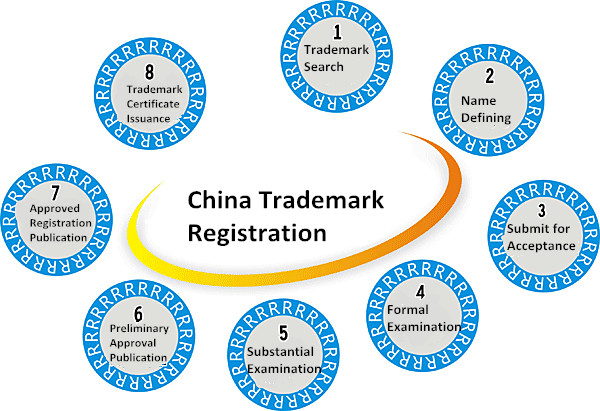Shenzhen WFOE registration service
Hotline: 86-755-82147392, Email:info@citilinkia.com
Most commonly a free port is a special custom area or small customs territory with generally less strict customs regulations (or no custom duties and/or controls for transshipment). Earlier in history, some free ports like Hong Kong enjoyed political autonomy. Many international airports have free ports, though they tend to be called customs areas, customs zones, or international zones.
(Note:A free economic zone (a specific type of special economic zone) may also be called a free port.)
The Port of Hong Kong, is strategically located by the South China Sea, both in relation to China and the neighbouring Asian countries. It lies at the mouth of the Pearl River Delta and is at the centre of the Asia-Pacific Rim, a region where economy is growing at a phenomenal pace, is a deepwater seaport dominated by trade in containerised manufactured products, and to a lesser extent raw materials and passengers. A key factor in the economic development of Hong Kong, the natural shelter and deep waters of Victoria Harbour provide ideal conditions for berthing and the handling of all types of vessels. It is one of the most businest ports in the world, in the three categories of shipping movements, cargo handled and passengers carried.
Hong Kong is, and always has been, a free port. The trade policy of the Government of the Hong Kong Special Administrative Region seeks a free, open and multilateral trading system. Ship owning and ship management are major activities within Hong Kong and an independent shipping registry is in operation. By the end of 2010, the total gross tonnage of ships on the Hong Kong Shipping Register amounted to 56.5 million.

Port facilities in Hong Kong include about 7 690 metres of quays at Kwai Chung and Tsing Yi Container Terminals; about 6 670 metres of quays at public cargo working areas; and 17 mooring buoys for ocean-going vessels. There are also three public passenger ferry terminals processing about 24.5 million passenger trips in 2010.
About 32 650 calls by ocean-going vessels were recorded in 2010. On an average day there are around 90 ocean-going vessels working in the port; nearly 490 river-trade craft entering or leaving the port.
Hong Kong's ship turnaround performance is among the very best in Asia and port charges are among the lowest in the world. Container ships at terminal berths are routinely turned around in about 10 hours, while the turnaround time for conventional vessels working in mid-stream at buoys or anchorages is 25 and 37 hours respectively.
Hong Kong does not have a port authority and the Marine Department of the Government of the Hong Kong Special Administrative Region is responsible for the day-to-day administration of the port.
Contact Us
If you have further queries, don’t hesitate to contact ATAHK anytime, anywhere by simply visiting ATAHK’s website www.3737580.net , or calling Hong Kong hotline at 852-27826888 or China hotline at 86-755-82148419, or emailing to info@citilinkia.com